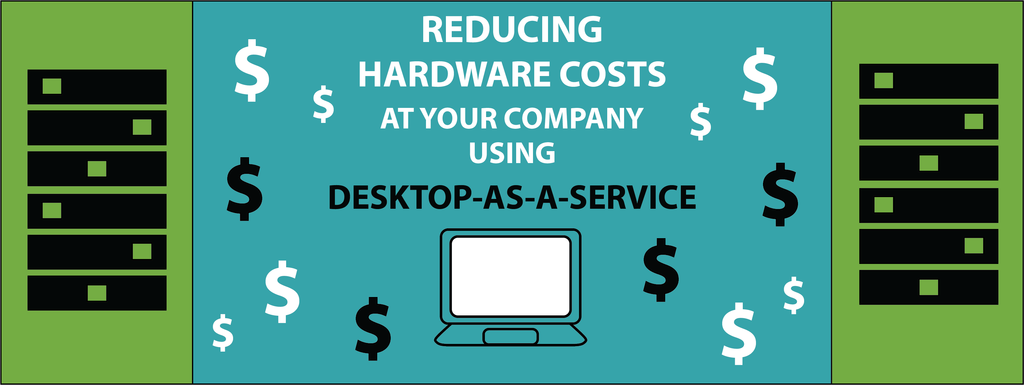VDI stands for Virtual Desktop Infrastructure. It is being used as a solution for desktop server functions. The way it works is that desktop workloads are stored and run from a server-based virtual machine, or VM, in a data center. This includes a Windows operating system, data and all software. Users can interact with the server via their desktop devices using Remote Desktop Protocol or RDP.
Making VDI solutions work in your company requires that you understand user profiles. You must understand how each user in the system logs on and off and how they use various components. The idea is that the user interface should be seamless, and users should not be able to tell the difference between an actual desktop unit and a virtualized one.
You also need to know which applications are in use and which are used the most before setting up VDI solutions. You should be aware of what is least used and which users on the system use which applications. The way in which your applications are used and the frequency with which they are used will determine how your VDI environment is designed.
You’ll need to determine whether or not you have the proper resource allocation to run effective desktop virtualization. The real question you need to answer is: how many virtual workstations will one server adequately support?
Don’t forget to look into how anti-virus and protection are distributed in a virtual desktop environment. You’ll need to make sure your system is still protected when you make the switch to a VDI.







